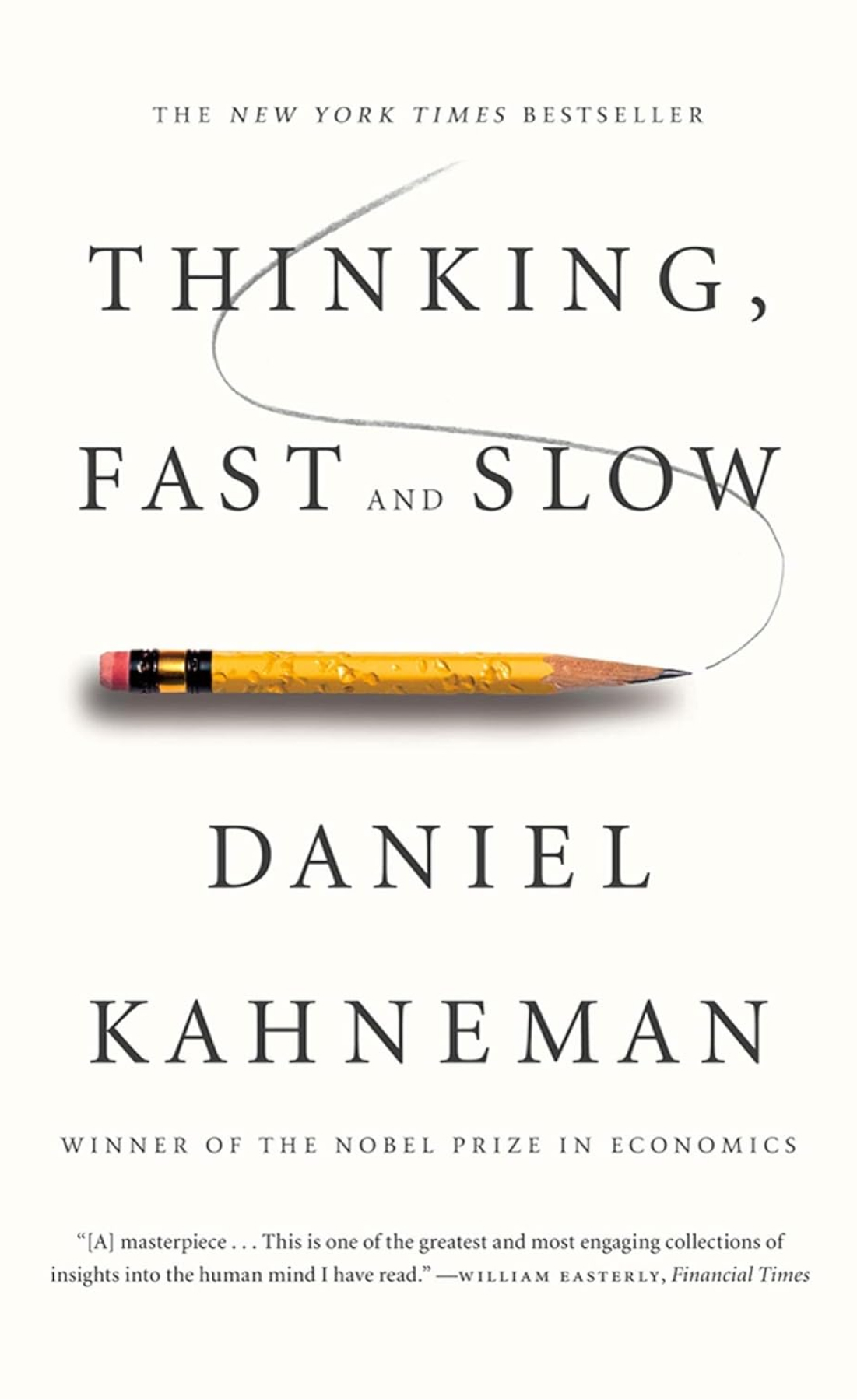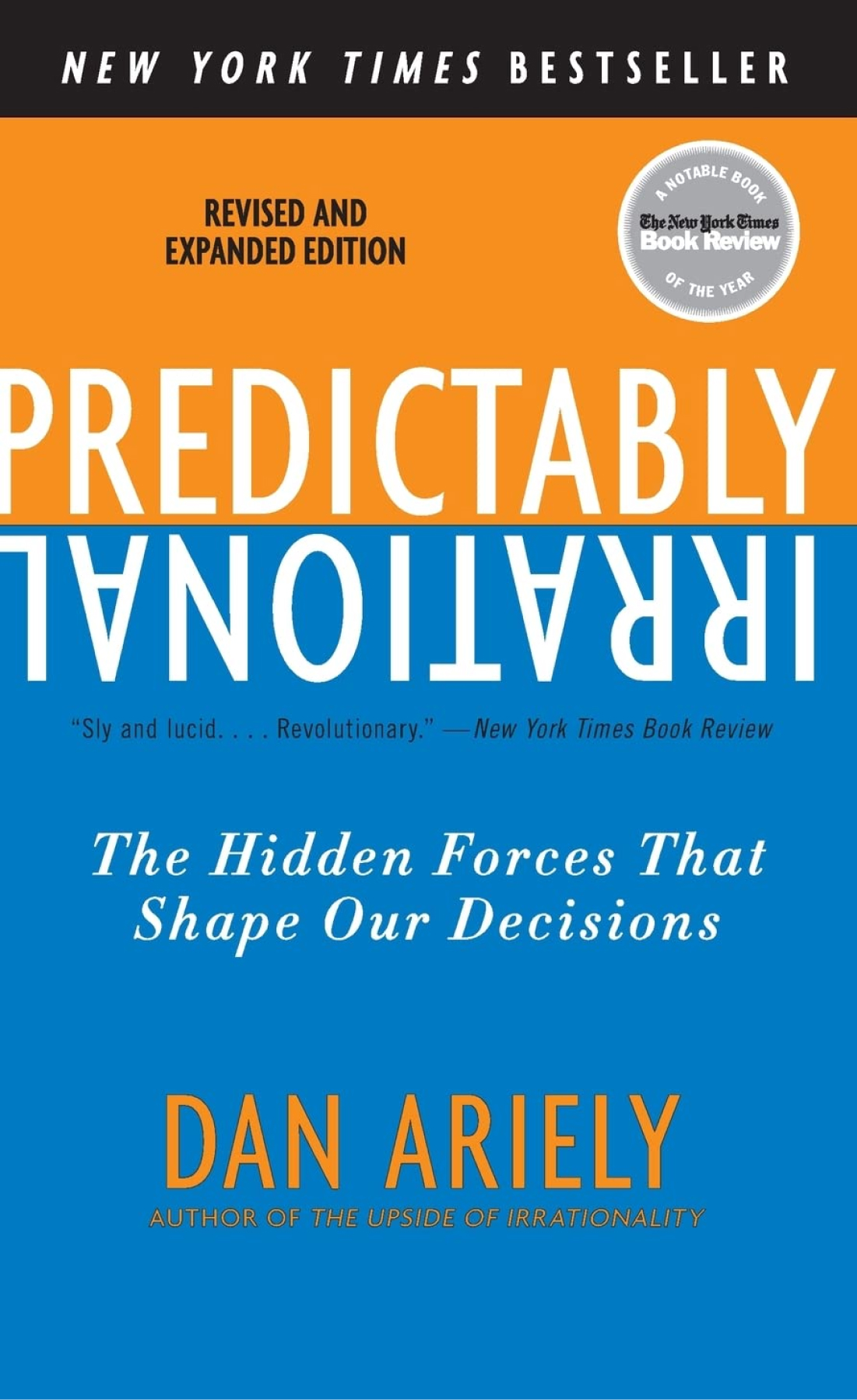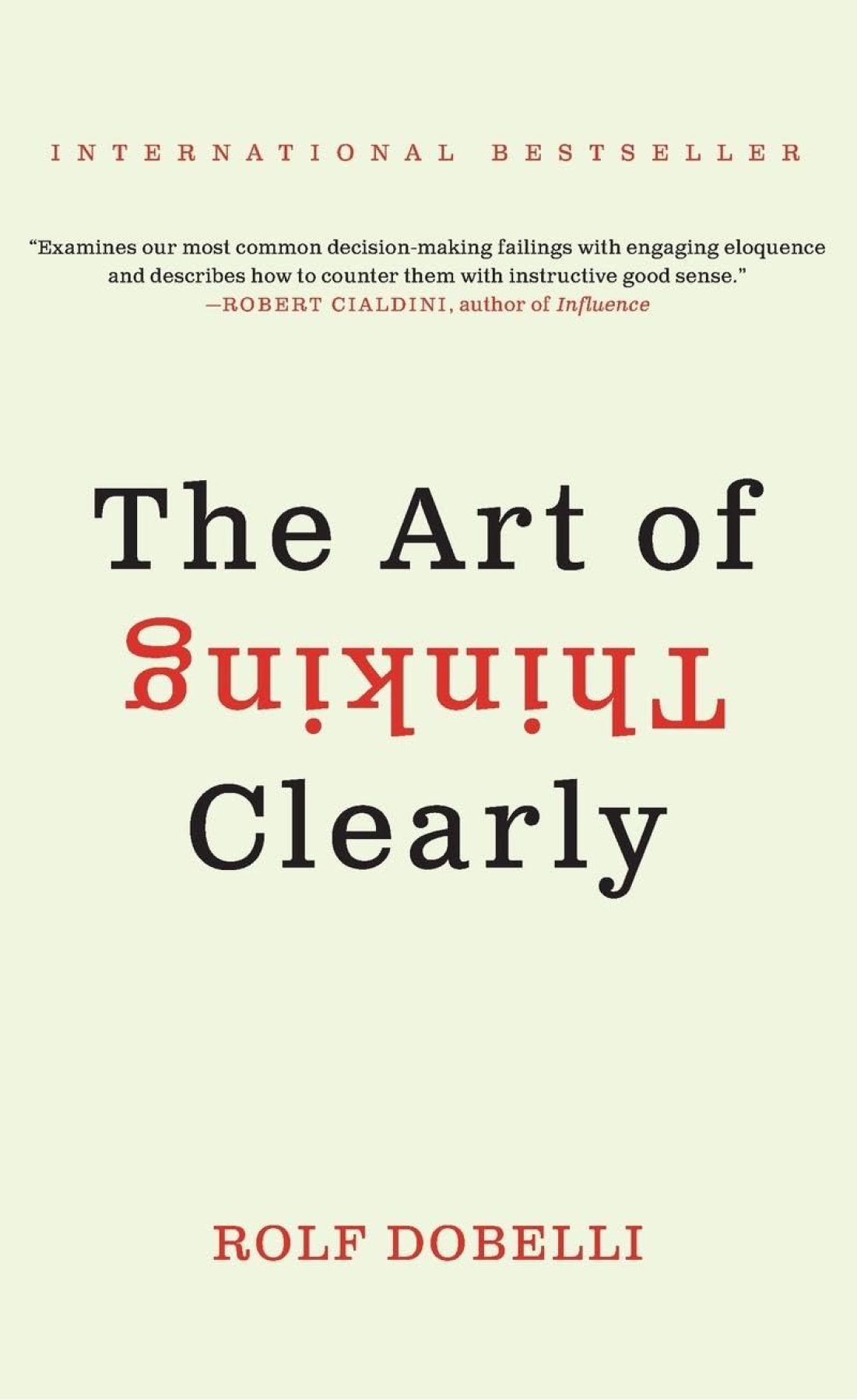Major concepts

Sunk Cost Fallacy
The Sunk Cost Fallacy traps us into making decisions based on past investments rather than focusing on present and future value.
.avif)
- Ignore past investments when making current decisions.
- Recognize emotional attachments that can cloud judgment.
- Focus on present utility and potential long-term benefits.
- Seek advice for an objective perspective when feeling stuck.
The Sunk Cost Fallacy is a cognitive bias where people continue investing time, money, or effort into something because they have already put in resources, even when it no longer makes sense.
This concept emphasizes the need to disregard past costs and focus on current and future value, leading to rational decision-making free of emotional bias.
What Causes the Sunk Cost Fallacy?
The fallacy stems from emotional attachment and fear of wasted resources:
- Emotional attachment makes it difficult to abandon investments that hold personal significance.
- Fear of loss keeps people trapped, as admitting a mistake feels like wasting effort.
These emotions cause people to justify continued investment, even when evidence suggests that it's not the best path forward.
Examples include businesses funding failing projects hoping for a turnaround or individuals staying in toxic relationships due to time already invested.
How to Avoid the Trap
To break free from the Sunk Cost Fallacy, adopt a future-focused mindset:
- Assess the current situation without considering past investments.
- Set clear goals that focus on present and future gains.
- Detach emotionally to make unbiased decisions.
- Get outside perspectives to gain an objective view.
These strategies help ensure that choices are rational and based on actual benefits, not emotional ties.



